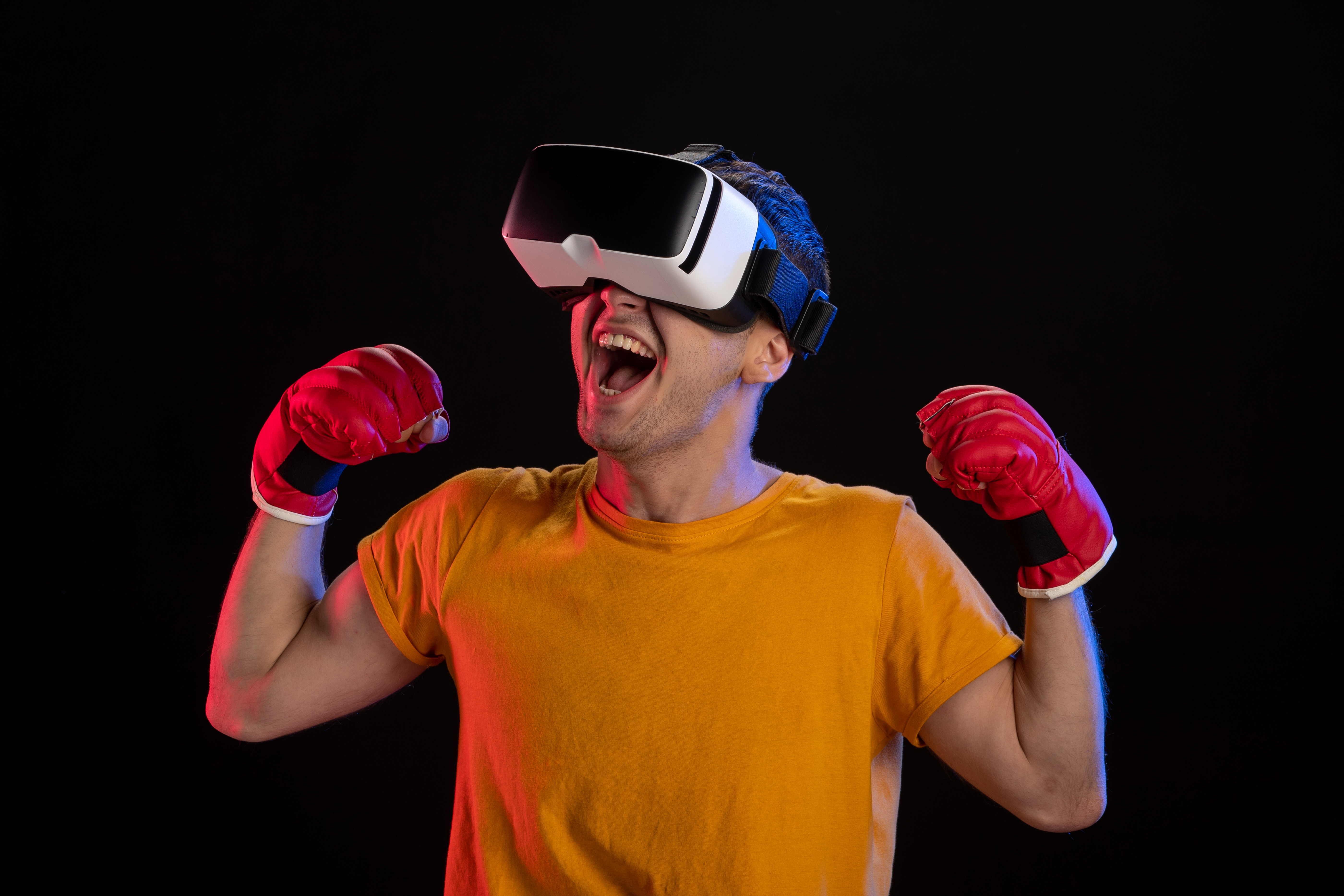The country’s gaming industry has exploded into a ₹33,243 crore (approximately $4.5 billion) phenomenon that fundamentally reshapes how advertisers reach consumers. This isn’t merely an entertainment evolution—it represents a seismic shift in marketing strategy, where immersive experiences replace passive viewing. Digital penetration, smartphone ubiquity, affordable internet, and gaming’s social acceptance have converged to create India’s fastest-growing advertising medium. Brands are discovering audiences that are more engaged, receptive, and demographically diverse than traditional media ever delivered. Youth-driven gaming communities bridge regional divides through personalized, data-driven campaigns that traditional advertising struggles to replicate.
The transformation extends beyond metros. Vernacular content attracts millions from smaller cities and rural areas previously difficult for advertisers to reach effectively. Gaming provides intimate consumer insights through behavioral data, enabling precision targeting that television and print advertising can only approximate. As India’s gaming market accelerates toward ₹1.2 lakh crore by 2030, advertisers scramble to capture this creative goldmine before competitors dominate the space.
Explosive Market Growth and Revenue Dynamics
India’s gaming market is valued at approximately ₹33,243 crore in 2025, projected to grow at an exceeding 15% CAGR, reaching roughly ₹1.2 lakh crore by 2030. Over 600 million monthly gamers position India among the world’s largest and fastest-expanding gaming communities. Mobile gaming overwhelmingly dominates, accounting for 85–90% of revenue and user engagement, powered by affordable 4G/5G data plans that reduce connectivity costs. India’s smartphone base exceeds 680 million devices, providing the hardware foundation for mass gaming adoption across economic segments previously excluded from digital entertainment.
Regional vernacular content is crucial for expansion beyond English-speaking metros. Games localized into Hindi, Tamil, Telugu, Bengali, and other languages attract tens of millions of players who previously found gaming inaccessible due to language barriers. Digital advertising revenues through gaming are surging as marketers exploit the medium’s interactive nature and sustained attention spans. In-app placements, rewarded videos, immersive storytelling, and influencer collaborations boost user engagement while improving brand recall compared to passive advertising formats.
According to EY India’s analysis, 86% of gaming revenues derive from mobile phone users, with advertising revenues and in-app purchases forming critical monetization pillars. This dual revenue model allows free-to-play games to attract massive user bases while generating substantial income through strategically integrated advertisements. The gaming demographic skews young, tech-savvy, and digitally native—precisely the audience that traditional media increasingly struggles to reach as television viewership declines among millennials and Generation Z, who prefer interactive digital content.
Demographic Shifts and Brand Engagement Strategies
Gaming in India has transformed from a niche hobby into a mainstream cultural phenomenon, attracting diverse audiences across age, gender, and geography. Approximately 42% of India’s gamers are women, reflecting remarkable inclusivity and demographic expansion beyond stereotypical young male players. Social gaming, multiplayer battles, fantasy sports, and esports leagues have evolved games into social platforms where engagement translates into deeper advertising impact. Players don’t merely consume content—they actively participate, creating emotional connections that passive media consumption rarely achieves.

Brands leverage native advertising formats, branded in-game assets, and event sponsorships to forge authentic connections without disrupting gameplay experiences. Poorly integrated advertisements frustrate players and damage brand perception, so sophisticated marketers prioritize seamless integration that enhances rather than interrupts entertainment. Influential gaming streamers amass millions of followers, offering brands direct, trusted channels to millennial and Generation Z consumers who distrust traditional advertising. These content creators provide endorsement credibility that celebrity advertisements increasingly lack among younger demographics, who are sceptical of corporate messaging.
Industry reports indicate that gamers demonstrate higher brand recall and purchase willingness following experiential gaming advertisements compared to traditional media exposure. The interactive nature forces active attention rather than background consumption, which is a common problem plaguing television advertising effectiveness. Rewarded video advertisements, where players receive in-game benefits for watching commercials, achieve completion rates exceeding 90% compared to skippable online video ads that are frequently ignored. This willing engagement dramatically improves advertising effectiveness, justifying the premium rates advertisers increasingly pay for gaming inventory.
Regulatory Environment and Technological Innovation
India’s gaming and advertising ecosystem operates under evolving regulatory frameworks. The Information Technology (Intermediary Guidelines and Digital Media Ethics Code) Rules 2021 guide content moderation and advertising transparency, establishing baseline standards for consumer protection. The government’s Digital India initiative and inter-ministerial task forces are developing clearer frameworks addressing revenue sharing, taxation—including GST on in-app purchases—and consumer safeguards. Although online real-money gaming faces GST challenges creating regulatory uncertainty, advertising in non-RMG games remains vibrant with substantial growth potential.
Challenges persist, including high user acquisition costs, intense competition for quality content, data privacy concerns, and technological barriers in rural areas with inconsistent connectivity. Advertisers and game studios collaborate closely, employing user insights, localization strategies, and seamless omnichannel campaigns to overcome these obstacles. Artificial intelligence enhances advertising targeting precision, customizing gaming experiences by analyzing behavioral data and preferences in real time. Machine learning algorithms predict player behavior, enabling dynamic advertisement insertion that maximizes relevance while minimizing intrusion.
Cloud gaming, accelerated by 5G network expansion, enables richer advertisement formats and live event sponsorships, expanding reach into previously underserved regions constrained by device limitations. Esports represents a rising advertising frontier; India’s esports prize pools increased tenfold over five years, with institutional recognition elevating professional gamers as mainstream celebrities commanding substantial follower bases.
India’s gaming revolution offers an unparalleled ecosystem for advertisers seeking creative, data-rich, highly engaged audiences unavailable through declining traditional media channels. The sector’s explosive growth, fueled by mobile-first strategies, rising inclusivity, and immersive content, positions gaming as a transformative ₹33,243 crore advertising medium. Brands that adapt to gamers’ evolving preferences and regional diversity will unlock sustained engagement and revenue growth, establishing dominant positions in India’s most dynamic digital entertainment landscape—while competitors remain anchored in legacy advertising channels that are losing effectiveness among younger, digitally native consumers driving India’s consumption future.







